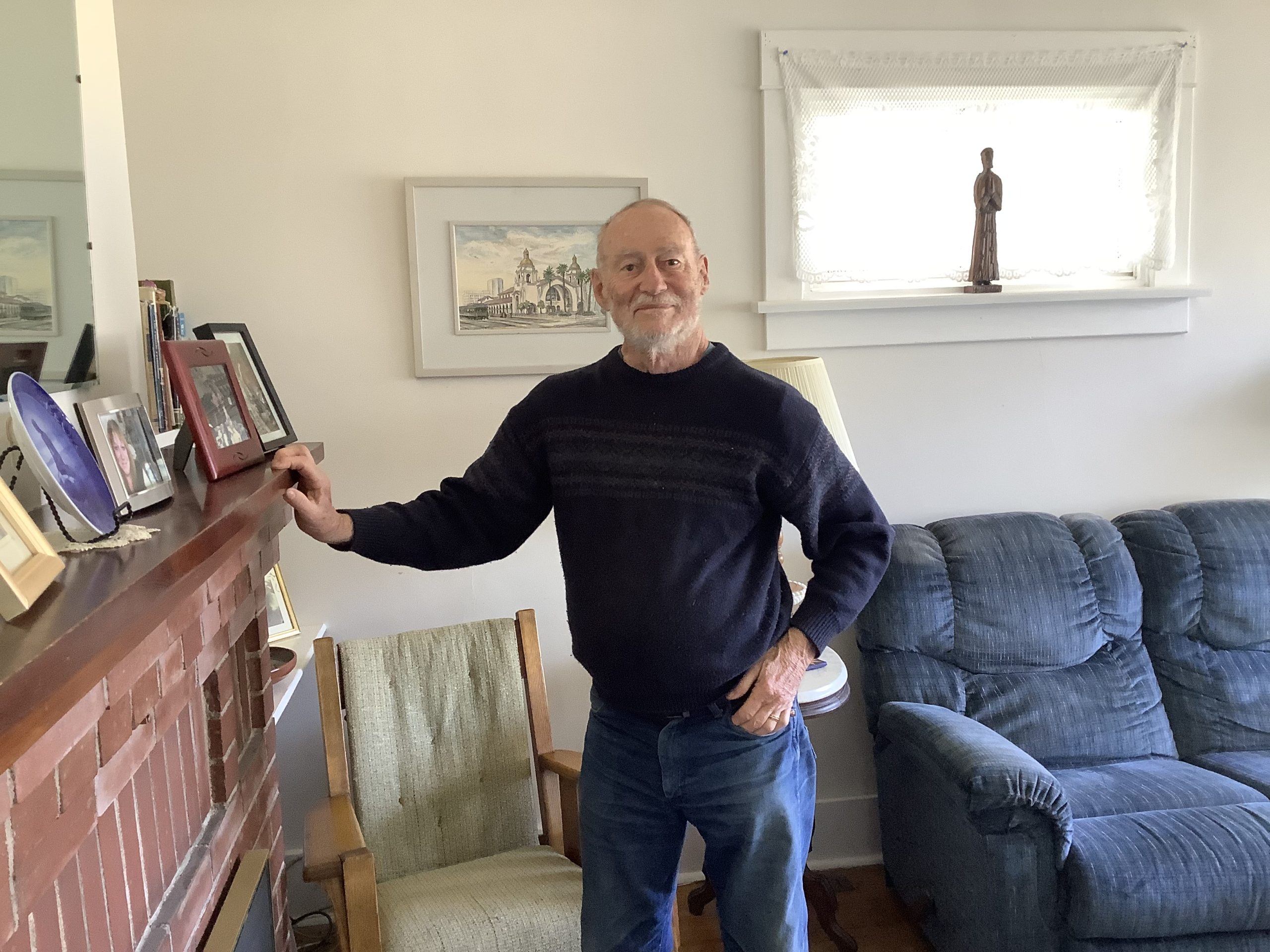The BC Patient Voices Network (PVN) spotlights our Kootenay Boundary Patient Advisory Committee & Community in this great article by author Carol Stathers, Engagement Lead, BC Patient Safety & Quality Council, “Successful Recruitment Strengthens Patient Voices in Kootenay Boundary Patient Advisory Committee”. Check out the article below, copied from the original publication at patientvoicesbc.ca blog.
Successful Recruitment Strengthens Patient Voices in Kootenay Boundary Patient Advisory Committee:
The Kootenay Boundary Patient Advisory Committee & Community (PACC) has been providing input on health care in the Kootenay Boundary region since 2019. How is the PACC structured to play this vital role? The PACC is a working group of the Kootenay Boundary Collaborative Services Committee (CSC), which is comprised of representatives from the Division of Family Practice, Interior Health, patients and local First Nations. The CSC is tasked with transforming the regional and local health care system into an integrated system of care and includes patient partners in this endeavor. The PACC provides input into decisions and discussions of the CSC, including the programs and projects under its umbrella.
In 2021, PACC members developed a three-year strategic plan that included expanding the committee to increase the diversity of patient partners’ demographics and experiences and create a wider community of people who could be called upon to provide input on specific health care questions. Their philosophy was the more voices on the PACC, the better they can represent what people need from their health care providers and the health care system. As part of this strategy, they also formed an exciting partnership with Selkirk College to strengthen the knowledge base about patient engagement in the region.
“The recruitment campaign was not simply for more members, but for more representative members in order to have a more accurate and more “grass roots” voice from the community, or perhaps better said, from the many communities of Kootenay Boundary demographics.”
-Win Mott, PVN patient partner

A Partnership with the Patient Voices Network
They reached out to the Patient Voices Network to collaborate on recruitment and caught the attention of many patient partners with their catchy statement, “Are you interested in making health care more patient and family-centred? The Patient Advisory Committee (PACC) has the ear of health care providers and policy makers in Kootenay Boundary.” At the same time, the PACC launched a comprehensive outreach strategy with a website, Facebook presence and media release to local newspapers with the headline: Patient Advisory Group Seeks New Members To Help Transform Health Care in Kootenay Boundary.
“Too often patient input is from just one or two people. No matter how dedicated or aware, one person cannot represent the lived experiences of patients. The increased diversity evident in this committee gives a more rounded and nuanced expression of ‘patient voice.”
-Vince Salvo, PVN patient partner
Within a couple of weeks, several PVN patient partners expressed interest. Over the six weeks of the recruitment campaign, 26 patient partners expressed interest in the PACC, 12 signed up for the committee, nine for the wider community and five more for an email list. The community consists of patient partners who want to stay involved in the work with less time commitment.
“Our connection with the Patient Voices Network has been essential to the success of the PACC’s recruitment campaign, the orientation of new members, and for the professional guidance and collaboration I need in my role supporting the PACC.”
-Ruth Beck, PACC Support Person, Kootenay Boundary Division of Family Practice
Making a Difference
So, the work has begun. This expanded group of passionate volunteers is meeting monthly to help make a difference in health care in the Kootenay Boundary region. The PACC’s expanded representation and its members’ diverse expertise and life experience has strengthened the group’s ability to contribute to health care planning and decision-making. After three meetings so far this year, the PACC Committee has already provided significant input into current plans for the Primary Care Network as well as longer term solutions to the primary care crisis.
“It is critical to have dedicated resources that provide staff support to keep this group of dedicated volunteers moving ahead. I don’t believe this progress could have been achieved without the dedicated support and leadership, particularly from our Chair, Mindy Smith! Thanks for the opportunity to be involved.”
-Linda Sawchenko, PVN patient partner
Using Research to Strengthen Patient Engagement
The Kootenay Boundary PACC has the capacity to be proactive, too. They recently teamed up with Selkirk College Rural Pre-Med student and researcher, Megan Cousins. This research focused on collecting different aspects of patient engagement. Interviews were conducted with both health care leads and patient partners to better understand how these relationships are supported, and what roles, responsibilities and challenges exist.
The study will be used by the PACC to learn about best practices, how to recruit, retain and incorporate the views of patient partners in health care decisions. They will be looking at how to change their own practices and make decisions about how best to continue to strengthen patient engagement in the Kootenay Boundary region.


